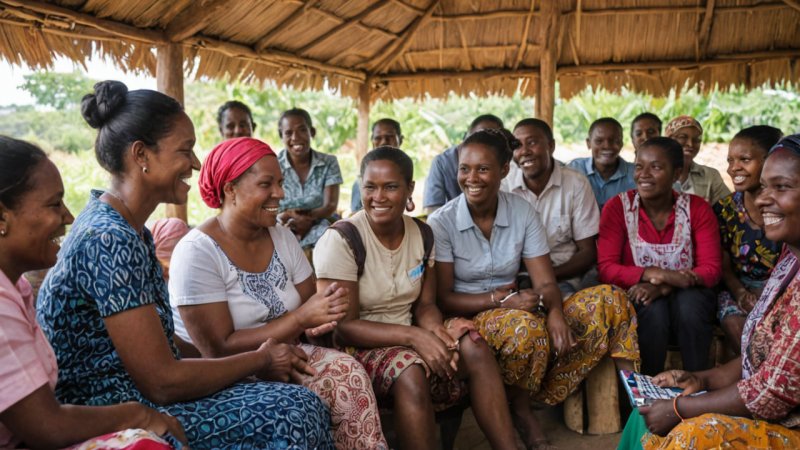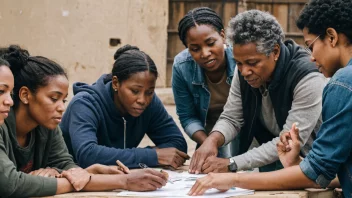Microfinance has emerged as a vital tool in the fight against poverty, providing financial services to individuals who are typically excluded from traditional banking systems. By offering small loans, savings accounts, and insurance products, microfinance empowers low-income entrepreneurs and families to lift themselves out of poverty. This article explores the multifaceted role of microfinance in transforming communities and enhancing the quality of life for many. Here are some key aspects of how microfinance contributes to poverty alleviation.
Access to Capital
One of the primary benefits of microfinance is that it provides access to capital for those who lack collateral or credit history. Traditional banks often deny loans to individuals in impoverished communities, leaving them with limited options. Microfinance institutions (MFIs) bridge this gap by offering small, manageable loans that allow borrowers to invest in businesses or education. This access to capital can lead to:
- Entrepreneurial ventures that create jobs and stimulate local economies.
- Funding for educational opportunities, which can enhance skills and employment prospects.
- Emergency funds for health-related issues, reducing vulnerability and stress.
Building Financial Literacy
Microfinance programs often include financial education as part of their services. By teaching recipients about budgeting, saving, and responsible borrowing, these programs empower individuals to make informed financial decisions. Benefits of financial literacy include:
- Improved money management skills that lead to better savings and investment strategies.
- A greater understanding of interest rates, enabling borrowers to choose suitable financial products.
- Increased confidence in navigating the financial landscape, enhancing overall economic stability.
Encouraging Entrepreneurship
Microfinance encourages entrepreneurship by providing the necessary funds for start-up ventures. Entrepreneurs can develop small businesses that cater to local needs, fostering economic growth. The impact of entrepreneurship through microfinance includes:
- Job creation, which reduces unemployment rates and improves community well-being.
- Innovation in products and services, often tailored to meet the unique demands of local markets.
- Increased income generation for families, leading to improved living standards and opportunities for children.
Empowering Women
Microfinance plays a significant role in promoting gender equality by focusing on women as primary beneficiaries. Women often face greater barriers to accessing financial services, and microfinance helps level the playing field. The empowerment of women through microfinance results in:
- Strengthened decision-making power within households, leading to better family outcomes.
- Improved health and education for children, as women tend to invest more in their families.
- Increased participation in the labor force, contributing to economic development.
Fostering Community Development
Microfinance can stimulate broader community development beyond individual economic gains. When individuals thrive, entire communities can benefit from increased economic activity. Community-focused outcomes of microfinance include:
- Collective initiatives that address local challenges, such as health care or infrastructure.
- Strengthened social ties and networks, fostering a supportive environment for growth.
- Enhanced local governance and civic engagement as beneficiaries become more invested in their communities.
In conclusion, microfinance is a powerful catalyst for poverty alleviation, providing vital financial services that empower individuals and communities. By granting access to capital, fostering financial literacy, promoting entrepreneurship, empowering women, and encouraging community development, microfinance not only helps lift individuals out of poverty but also contributes to the overall economic health of communities. As we continue to address global poverty, embracing and supporting microfinance initiatives can pave the way for sustainable change and uplift countless lives.






